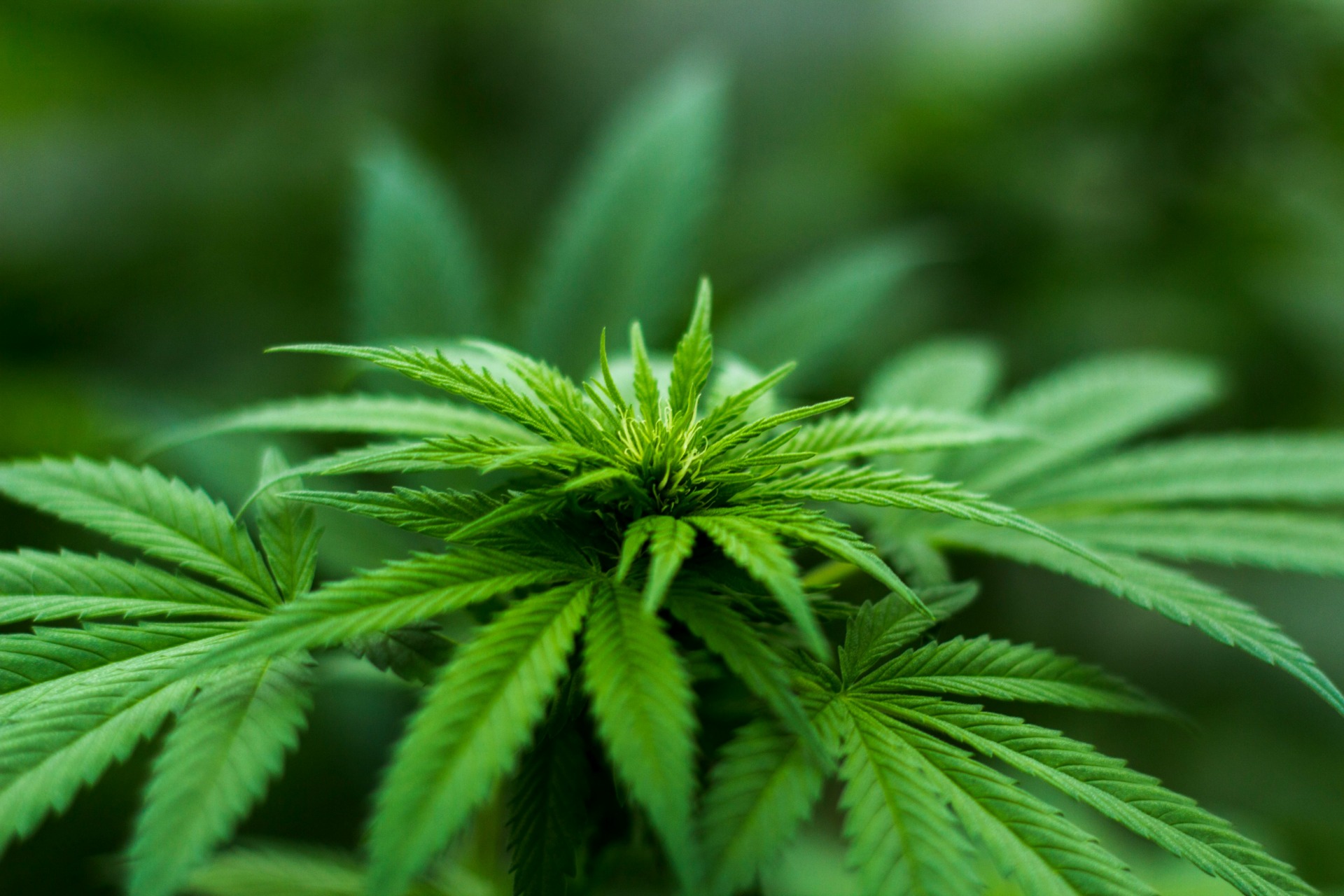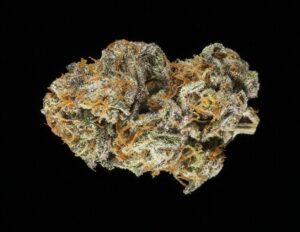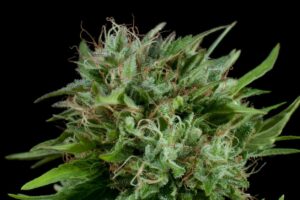Marijuana strains are like coffee shops or denim brands — once a
consumer finds one they love, they won’t explore anything else.
Unfortunately, even marijuana aficionados who have a favorite marijuana strain find the strain differs from time to time. The reason for this is that while there are hundreds of marijuana strains currently in existence, they’re all uniquely informed by their environment and genetic makeup. This leads to a wide variation in taste, texture and appearance from strain to strain. Here’s what consumers need to know about how and why each marijuana strain differs from the next:
The Importance of Genetics and Environment
Just like children from different families and geographical locations
will look and act differently from one another, marijuana strains with
different genetics grown in different environments differ from one
another as well. Here are two terms all consumers interested in
marijuana diversity should know:
- Genotype. A marijuana strain’s genetics are known as its
genotype. The genotype informs the plant’s subsequent growth and physical traits
and abilities. In many ways, the genotype lays the foundation for
what the plant might be, and then it is up to the environment to
bring these characteristics to fruition. - Phenotype. A
phenotype is the way that
the genotype is expressed physically. In other words, “phenotype” is
a word used to describe the traits a plant’s environment draw from a
plant’s genetic code.
Taken together, genotype and phenotype inform what a plant eventually
becomes, and they are two of the main reasons a specific strain of
cannabis may look different depending upon the environment in which it
is grown and what its genetic makeup consists of.
The Evolution of Cannabis
To understand why cannabis strains vary from one another, it’s important
to understand where cannabis came
from.
Most experts believe that cannabis originated in Pakistan’s Hindy Kush
region and later spread to tropical areas around the world. One thing
experts agree on is that the earliest species of cannabis are known as
landrace
strains — marijuana’s equivalent of an
heirloom or
foundational variety. These landrace strains are the cornerstones of all
modern cannabis varieties, and today’s indicas and sativas can trace
their roots back to populations of these landrace strains around the
world.
The Cultivation of Cannabis
Right around the 1970s, independent farmers and enthusiasts began to
exhibit interest in cultivating cannabis in an indoor environment. While
farmers had been growing cannabis around the world for centuries by this
time, most of the cannabis cultivation had been in an outdoor
environment. By virtue of stringent laws and little cultural acceptance,
however, the farmers of the 1970s were largely forced to undertake their
cannabis cultivation efforts indoors. This marked a large change for
cannabis and a transition from the great outdoors to carefully
maintained indoor gardens, complete with enriched soil, high-intensity
grow lights and hydroponic grow systems.
Today, indoor grow operations are responsible for producing the bulk of
the cannabis consumed in the U.S. In 1995, approximately 50% of all the
cannabis consumed in this
country was grown indoors, and that number has only skyrocketed since
then. While farmers have learned how to alter these operations to
provide the best possible environment for the plants in question, it’s
widely agreed upon that indoor cultivation limits the natural
potential
of marijuana strains due to the fact that the phenotype of modern
cannabis is largely manipulated by people rather than being left up to
nature. On the same token, however, the phenotype seen in domestic
plants depends greatly upon things like lighting, soil characteristics
and watering — so domestic strains of marijuana offer differ
significantly from one another.
How Hybridization Has Affected Diversity
Just like the transition to indoor grow operations influenced the
diversity of cannabis species, so did the hybridization revolution.
Before hybridization occurred, people had a choice between indica and
sativa strains. When growers began to realize that there were certain
aspects of each strain they admired, however, they began mixing the two
strains to create new strains that combined the effects of indica and
sativa.
The advent of hybridization created a way for marijuana consumers to
access a seemingly infinite selection of marijuana
strains
and has contributed to today’s craze over developing new and exciting
strains. Today’s hybrids are drastically more complex and measured than
the strains of yesteryear. While many people herald this as a victory
for the cannabis community, however, others see it as the development
that spelled death for traditional cannabis genetics.
Fortunately, some cannabis consumers are dedicated to maintaining
traditional indicia and sativa strains of cannabis. In addition to
preserving the rich history of cannabis, the resurrection of these
strains could also have marked impacts on the medical marijuana industry
by providing unique compounds and opportunities for treatment.
Currently, some strains are specifically useful for
pain
and other medical treatments, and continued exploration into breeding
practices can help expound on this for the benefit of medical marijuana
consumers everywhere.
The Case for Diversity
For consumers who have a favorite cannabis strain or are simply
wondering why a single cannabis strain looks or tastes different
depending upon where it comes from, the answer is two-fold: genetics and
environment. Traditional marijuana strains often look and taste
different from today’s more hybridized versions and, even among
hybridized versions, things like soil type, lighting, environment and
genetics play a large part in determining what the plant ultimately
grows to be. With that in mind, it’s easy to see how, just like people
in the U.S. vary from those in China, marijuana grown in one environment
from one genetic selection will vary from strains grown in other
environments or from other genetic stock.
Photo by Michael Fischer






